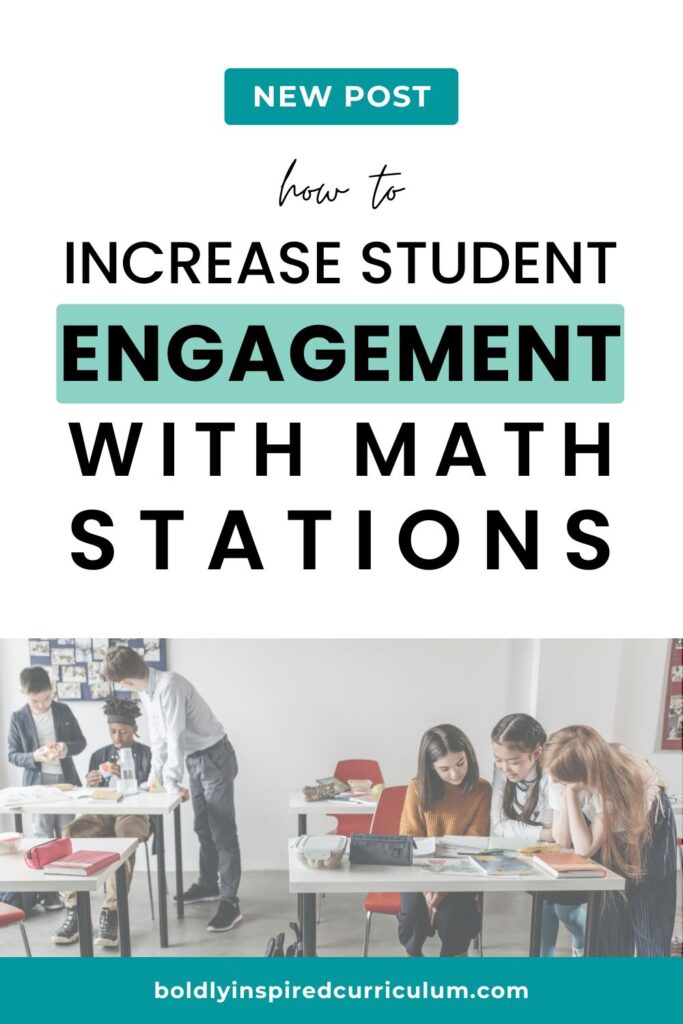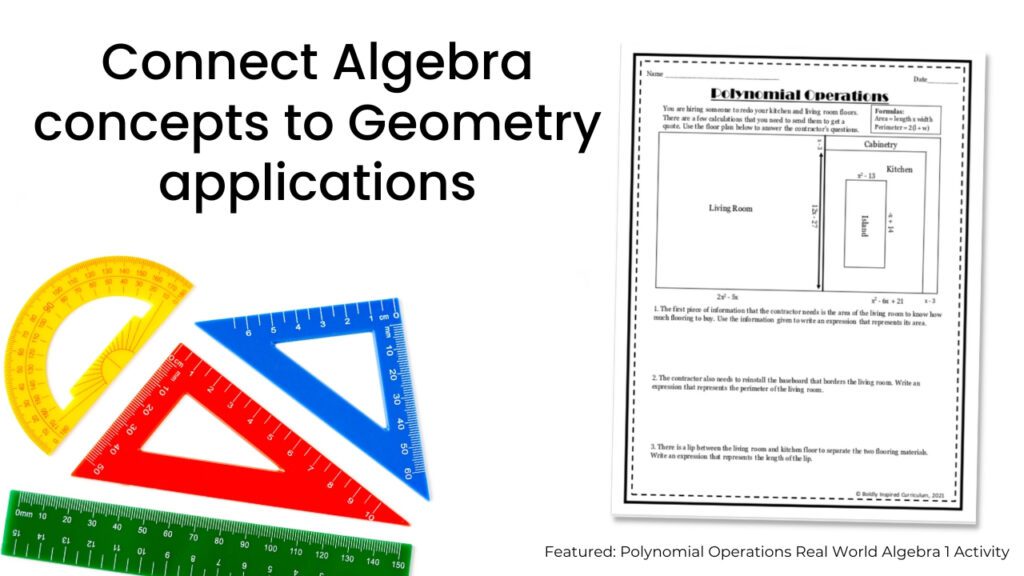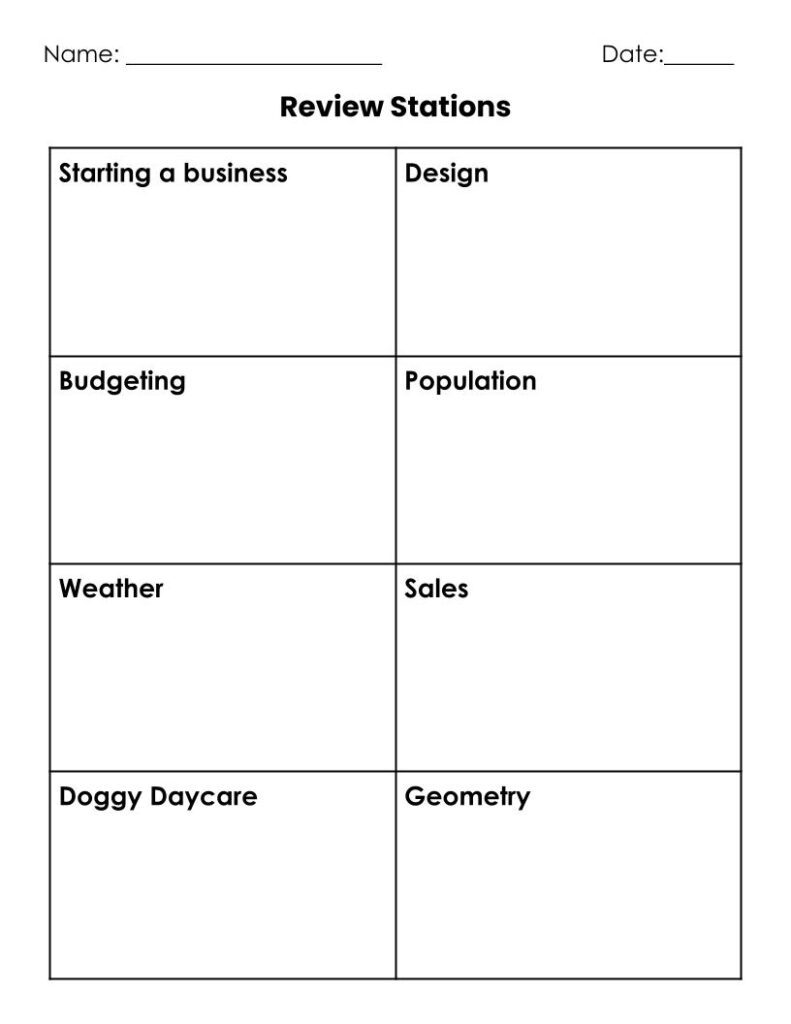
It’s no secret that student engagement is at an all time low. It’s so easy to get your hands on information these days it feels like no one even needs to bother problem solving or thinking critically.
However, as teachers we know that is not the case at all. Using real world applications of math not only makes the content we teach more meaningful, it also teaches our students incredibly important life skills such as resilience, collaboration, and critical thinking.
One of my favorite ways to integrate word problems and real world applications into my math lessons is through problem solving activities and math stations. It is a great change of pace compared to a standard packet or worksheet with word problems.
Even the slightest change to the usual routine can have a tremendous impact on student engagement in your math classroom.

Table of Contents
TogglePrepping Your Math Stations
For this style of group work, you will want to split your students into groups of 3-4. This means that, depending on the size of your class, you will need at least 6 math stations.
To make sure that there is always a spot for your students to work, you may want to add an extra station to the number of groups that you have.
Create a theme
Start by giving each math station a theme. This adds to the interest factor for the students. Usually, the themes can just correspond to the topic of the word problem or problem solving activity you are assigning to each station.
Some themes I have used for my Algebra 1 classes in the past are geometry, budgeting, sales, weather, population, etc.. If you don’t want to create themes, you can just label your math stations Station 1, Station 2, Station 3, etc..
I have found that putting these labels on tented construction paper or cardstock and taping them down to the table has worked well to keep the room organized and help the students see where they need to go.
Finding problems
You can take problems from a variety of places for this activity. I like to use a mix of word problems, critical thinking questions, and real world applications.
Using a variety of types of questions ensures that your students are actually putting some thought into their answers.
This prevents students from figuring out a formula for the first problem and just doing the same thing again at each station. We want them to actually exercise the problem solving part of their brains.
I find most of my word problems from the textbook and alter them to my students’ needs. Open Up Resources is an awesome resource to get ideas if you’re looking to create your own problems.
You can also check out some of my done for you real world applications and writing in math prompts that can double as problems for this math station activity.

Student workspace
A simple worksheet such as the example shown is an easy way for your students to show their work.
With this format, you’ll also be able to see what problems they have done and give them immediate feedback based on your own answer key.
If you are in a pinch and don’t have a student worksheet, have them make one! Have them take a piece of regular paper and fold it in half 3 times.

When they unfold the paper, there will be 8 equal sections that they can use to divide their work. They can then label the sections based on the name of each station that they complete.
Implementing Math Stations
On the day of this lesson, everything you and your students need will be prepped ahead of time. Make sure that your tables or desks are set up in a way that promotes group work. You’ll also want to tape down your station labels and place the respective problems.
**Tip: Either laminate your questions or put them in a sheet protector to prevent your students from writing on the actual problem. Encourage your students to use their worksheet to record their work and answers.
Grouping students
There are a few ways that you can group students, but the most effective way that I have found is grouping students randomly. To do this, you can use playing cards, choosing numbers out of a hat, using an online random group generator etc..
Once your students are in groups they have the autonomy to choose the station that interests them the most to complete first.
Unlike regular math stations or centers, your students won’t be timed at any of these stations. As soon as their whole group is finished with the problem, they can move on to a different table that doesn’t have another group.
This is where having an extra station than the number of groups comes in handy. There will always be somewhere for your students to go.
Assessing
Your students should be able to move through these groups easily. This will allow you to check in with individual students or groups of students to see how they are doing and what they might need additional help with.
